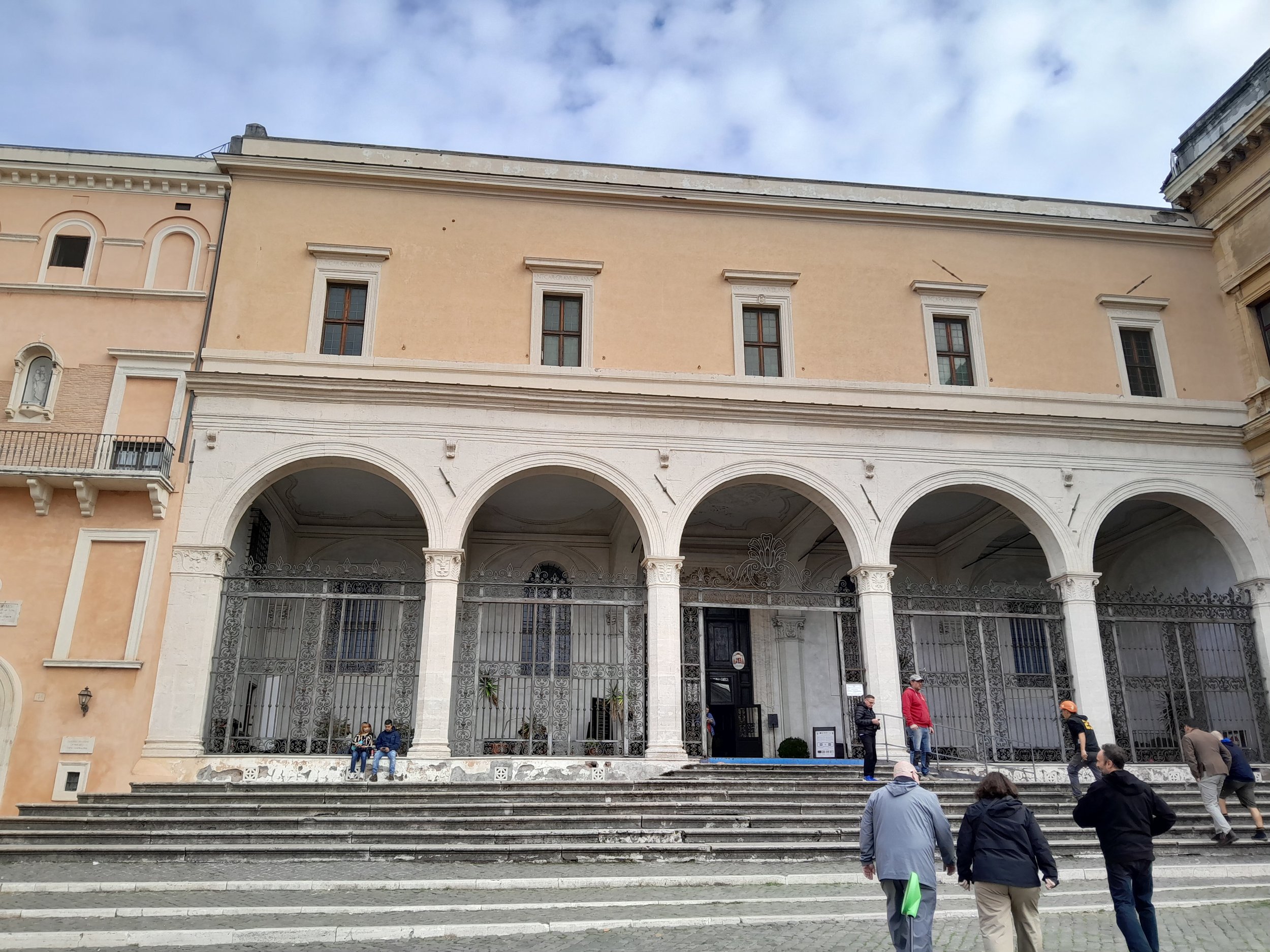RENAISSANCE RESURRECTED: THE ENDURING LEGACY OF THE TOMB OF POPE JULIUS II IN SAN PIETRO IN VINCOLI
Nestled in the heart of Rome, amidst the cobblestone streets that echo with centuries of history, stands the unassuming basilica of San Pietro in Vincoli. A treasure trove of artistic wonders, this sanctuary houses one of the most significant masterpieces of the Renaissance - the Tomb of Pope Julius II, a monumental work that stands as a testament to the genius of its creator, Michelangelo Buonarroti.
Commissioned in 1505 by Pope Julius II himself, the tomb was envisioned as a grandiose structure adorned with over 40 statues, each a masterpiece in its own right. However, the tumultuous relationship between the Pope and Michelangelo, coupled with political and financial constraints, led to a saga of interruptions and modifications. The final structure, completed in 1545, is a scaled-down version of Michelangelo's original vision, yet it loses none of its artistic impact.
The central figure of the tomb is the imposing statue of Moses, regarded by many as one of Michelangelo’s greatest achievements. Seated in solemn majesty, Moses is depicted with intricate details – from the flowing beard to the expressive hands, down to the tablets of law clutched firmly. The horns on his head, a result of a mistranslation of the Hebrew scripture, add a unique and powerful aura to the figure.
Flanking Moses are the statues of Rachel and Leah, symbolizing the contemplative and active life, respectively. These figures, though less prominent, are crafted with a finesse that speaks volumes of Michelangelo’s skill in portraying human emotions and form.
The Tomb of Pope Julius II is more than a mere burial monument; it's a narrative in marble, a dialogue between the artist and the divine. Michelangelo's work transcends the boundaries of sculpture, infusing life and emotion into stone. The tomb is a reflection of the High Renaissance ideals – a harmonious blend of beauty, proportion, and expression.
Today, San Pietro in Vincoli remains a pilgrimage site for art enthusiasts and historians. The tomb continues to awe visitors with its raw emotional power and exquisite craftsmanship. It stands not only as a tribute to Pope Julius II but as a beacon of Michelangelo's enduring legacy in the art world.
The Tomb of Pope Julius II has influenced generations of artists and sculptors, inspiring them to push the boundaries of creativity. It serves as a poignant reminder of the transformative power of art and its ability to convey profound messages across ages.
As one stands before this monumental piece, it's impossible not to be moved by the sheer force of Michelangelo's vision – a vision that continues to resonate through the corridors of time, reminding us of the indelible mark one man left on the world of art.
Photos by Alptekin Top.




